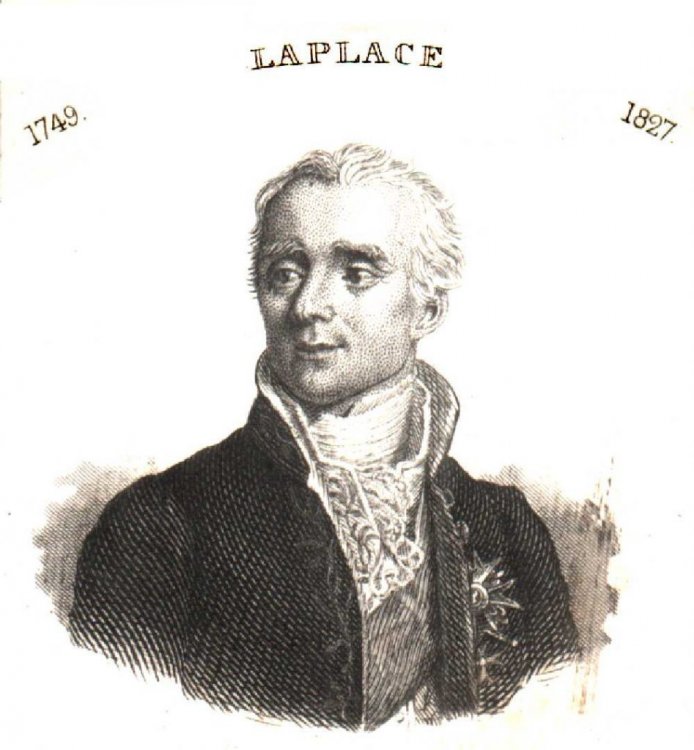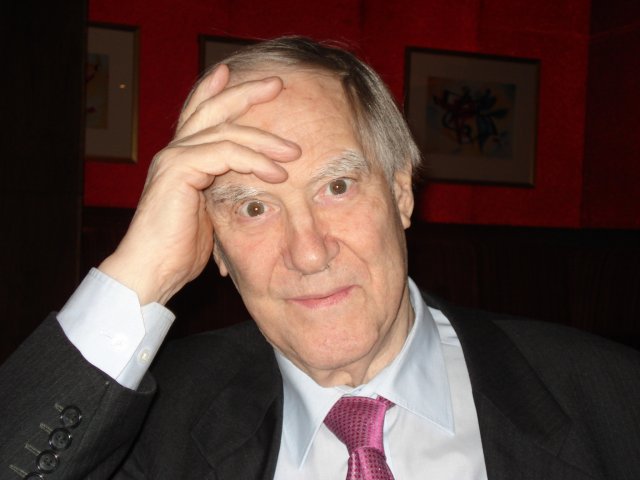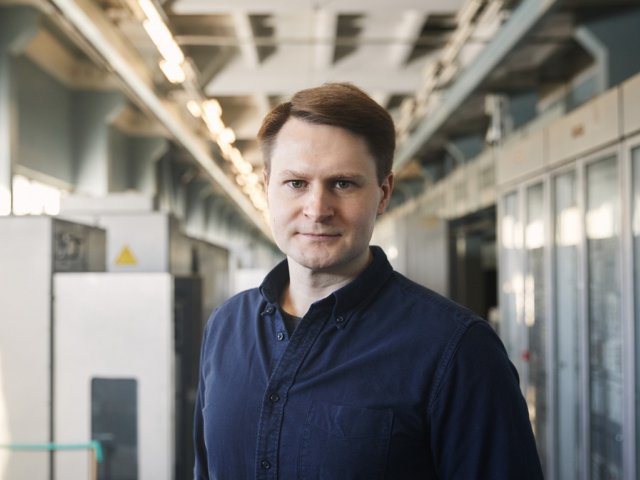Official:
Pierre-Simon, Marquis de Laplace. March 23, 1749 – March 5, 1827 French mathematician, mechanic, physicist, and astronomer.
Life and Work:
1. During the Revolution, Pierre-Simon Laplace was an active Republican, under Napoleon – minister of the interior, and after the Bourbon Restoration – a royalist, marquis, and peer of France. To us, Laplace is better known as an outstanding physicist, mathematician, and astronomer.
2. Laplace is revered as one of the greatest scientists of all time. He is sometimes called the French Newton. It is said that he also considered himself to be the best mathematician of his time in France.
3. At first, the famous mathematician’s father, a Norman peasant and mayor of the small town of Beaumont-en-Auge, sent him to study theology, because he believed that Pierre was destined to become a priest.
4. The peasant’s son left the Benedictine school a convinced atheist. He had no political principles at all. The theology department of the University of Caen only strengthened the belief that his life’s occupation was mathematics.
5. Laplace wrote his first paper in mathematics at the age of 17. A university professor gave him a letter of introduction to d’Alembert, an influential scientist in Parisian scientific circles. The master eventually appreciated Laplace’s talents and recommended him as a teacher of mathematics to École Militaire in Paris.
6. At École Militaire, Laplace had a chance to administer an exam to the young Bonaparte; the teacher and the student maintained a warm relationship for life.
7. In 1773, Laplace was elected associate member of the French Academy of Sciences, and 12 years later – its full member.
8. Napoleon appointed Laplace minister of the interior, but he kept the position for only a month and a half. Later in his memoirs, the emperor wrote: “Laplace did not see any problem in its true perspective, he saw difficulties where none existed, and he carried the idea of the ‘infinitely small’ into his administration.”
9. The real dialogue between the scientist and the emperor became a historical anecdote: “You have written this huge book on the system of the world without once mentioning the author of the universe.” “Sire, I had no need of that hypothesis.” Later, scientists clarified that Laplace did not consider God to be a hypothesis, but merely his intervention in a certain place.
10. Completely without the Creator’s assistance, but solely through his work and talent, Pierre-Simon Laplace developed the methods of mathematical physics, contributed to linear algebra, created the theory of probability, and is known as the father of celestial mechanics.
11. Mathematicians are familiar with the Laplace operator, the Laplace distribution, the Laplace method, the Laplace theorem, and the Moivre –Laplace theorem; physicists know the Laplace number and the Biot – Savard – Laplace law, while astronomers are aware of the Laplace plane. And everyone, without exception, knows the metric system of measures, the introduction of which was promoted by the great scientist. If it were not for Laplace, we would still struggle with yards and inches.
12. Laplace was an adherent of absolute determinism and believed that the future and the past can be calculated by knowing the position and speed of every particle in the Universe at any given time. A supermind capable of such a thing is called the Laplace demon. The more famous Maxwell’s demon, which also deals with physical laws, did not appear until half a century later.
13. In The System of the World, Laplace wrote, “A luminous star, of the same density as the Earth, and whose diameter should be two hundred and fifty times larger than that of the Sun, would not, in consequence of its attraction, allow any of its rays to arrive at us; it is therefore possible that the largest luminous bodies in the universe may, through this cause, be invisible.” It is believed that these words were the beginning of the black hole theory.
14. Sometimes, contemporaries reproached Laplace with arrogance and counted a disregard for priority issues among his sins: in his writings, the scientist did not always mention the discoverers. Still, the memoirists mention his willingness to help young colleagues and his friendly attitude towards them.
15. In 1788, the 39-year-old Laplace married young Marie-Anne-Charlotte de Courty from a good family in Besancon. The marriage was happy, his wife loved Laplace, gave birth to a son and a daughter, and created conditions for studying science.
16. Laplace was a member of six academies of sciences and royal societies, including the St. Petersburg Academy. Laplace’s name is on the list of greatest French scientists, which is placed on the first floor of the Eiffel Tower.






















